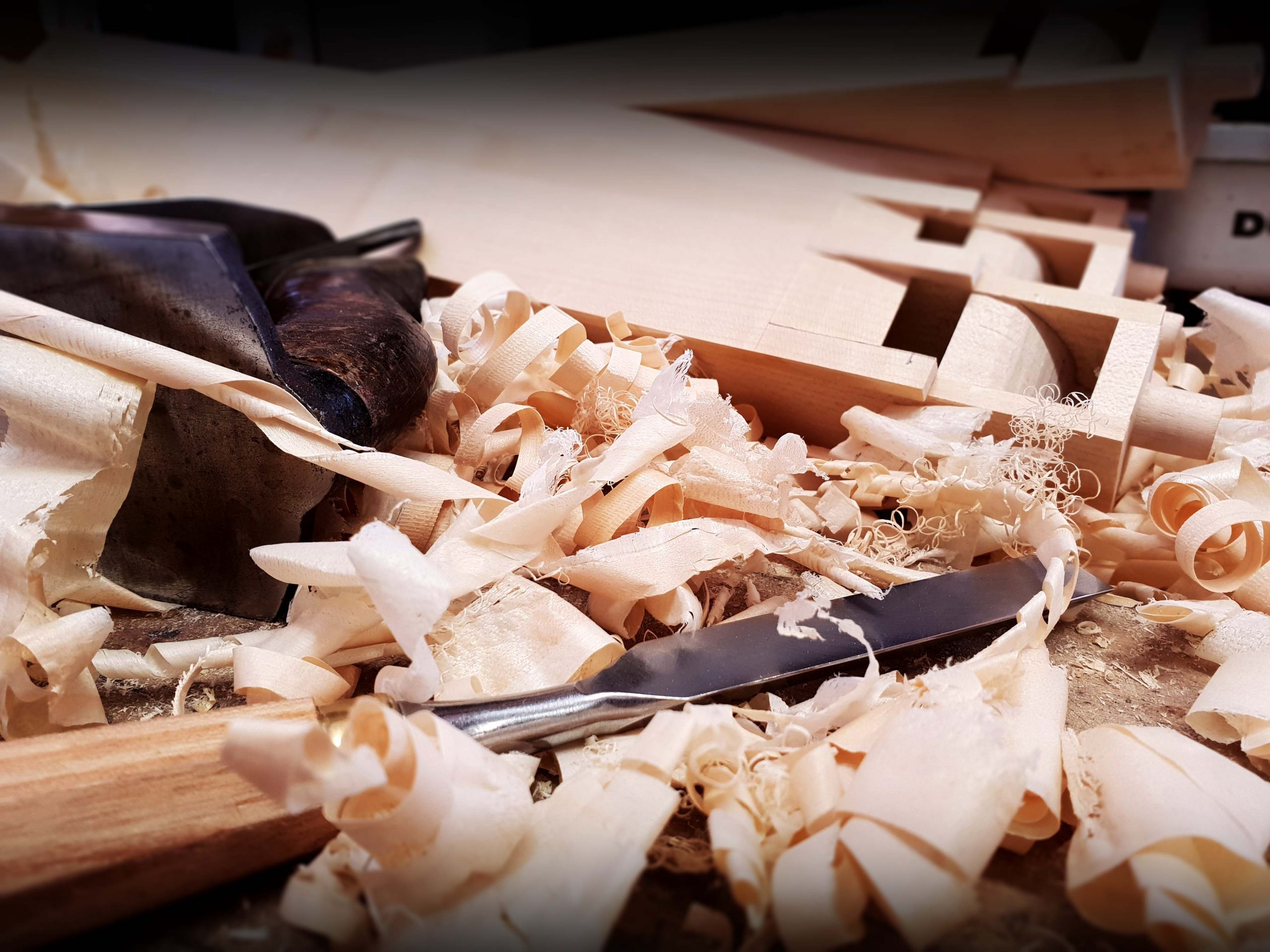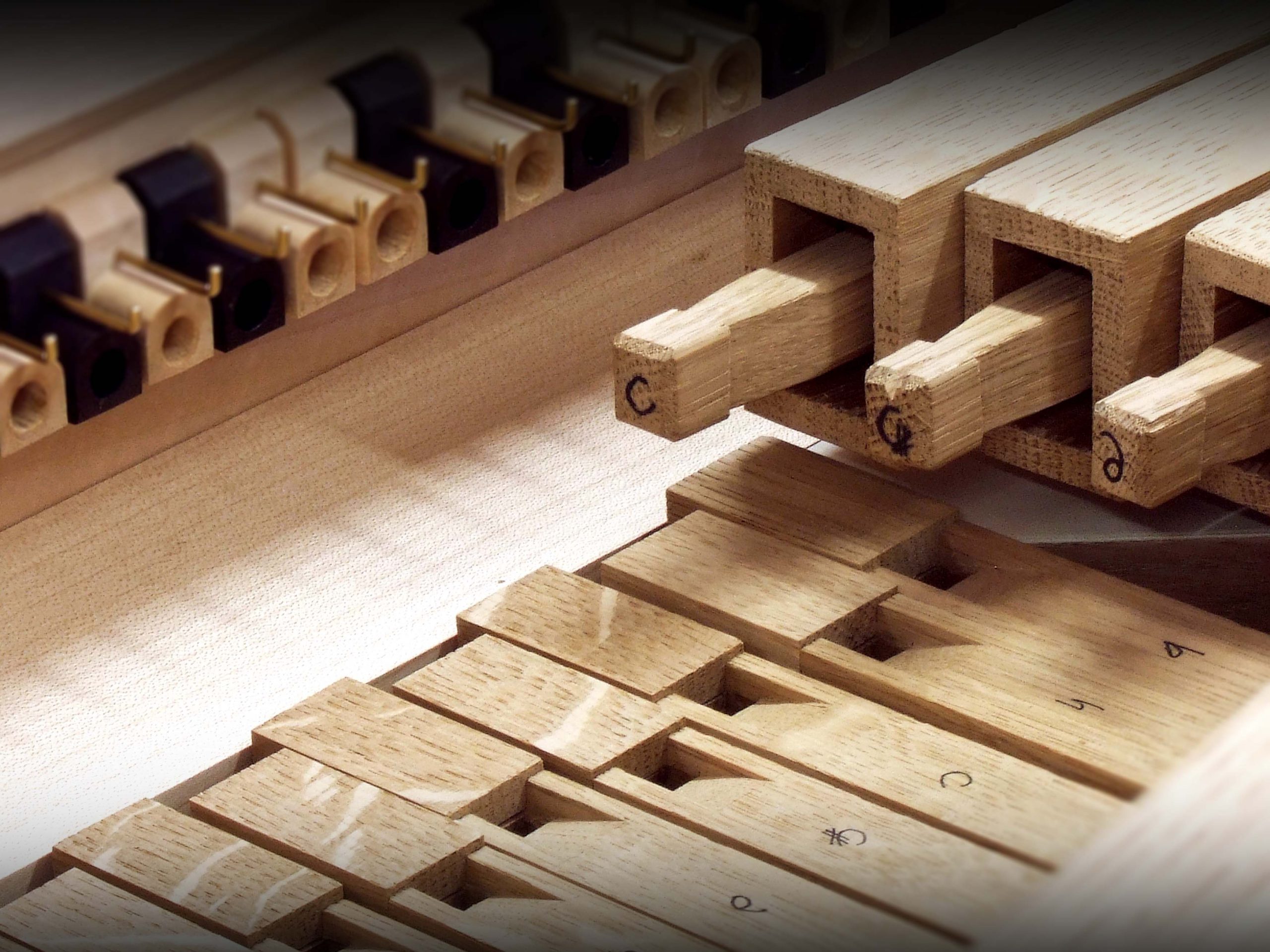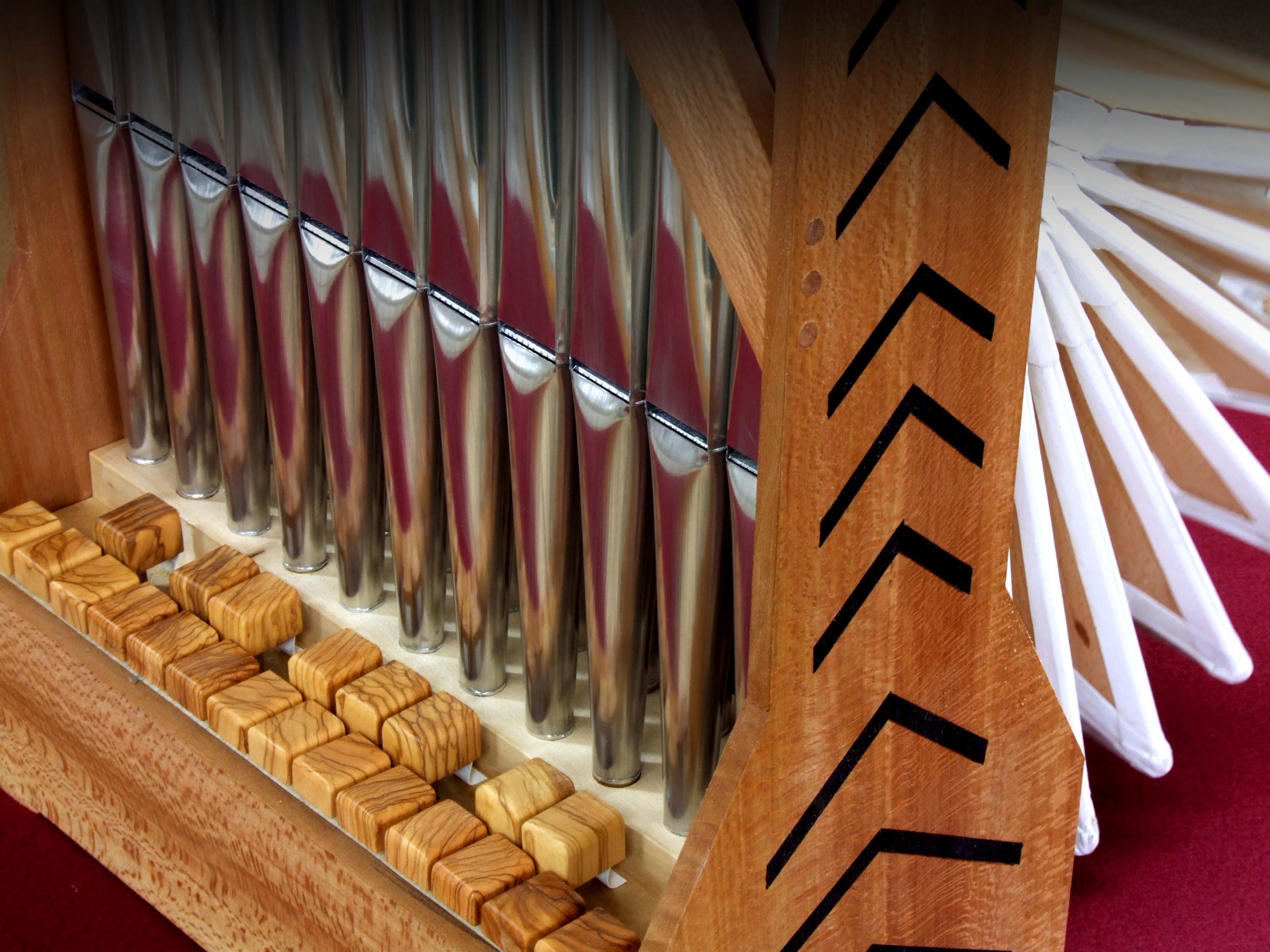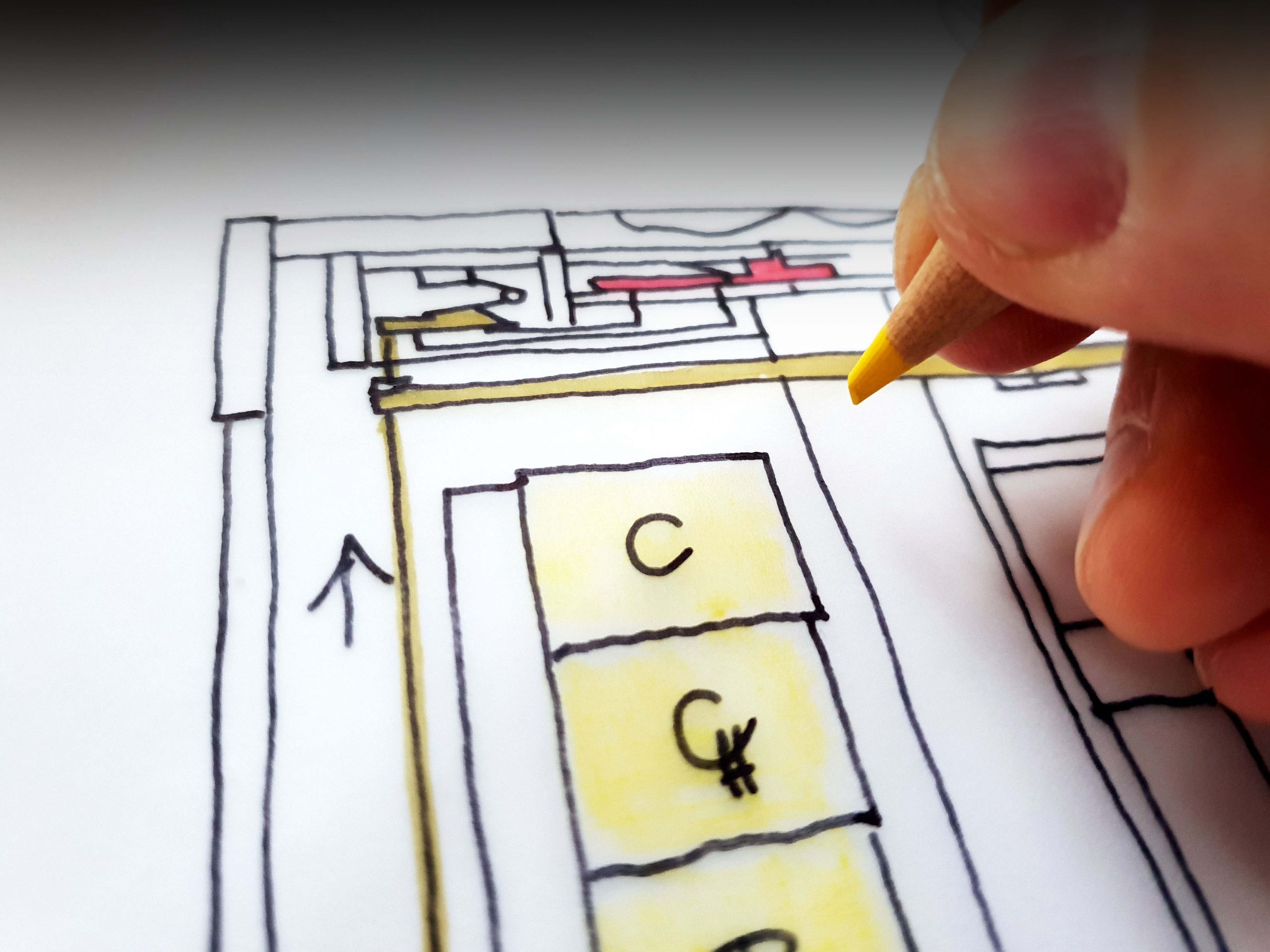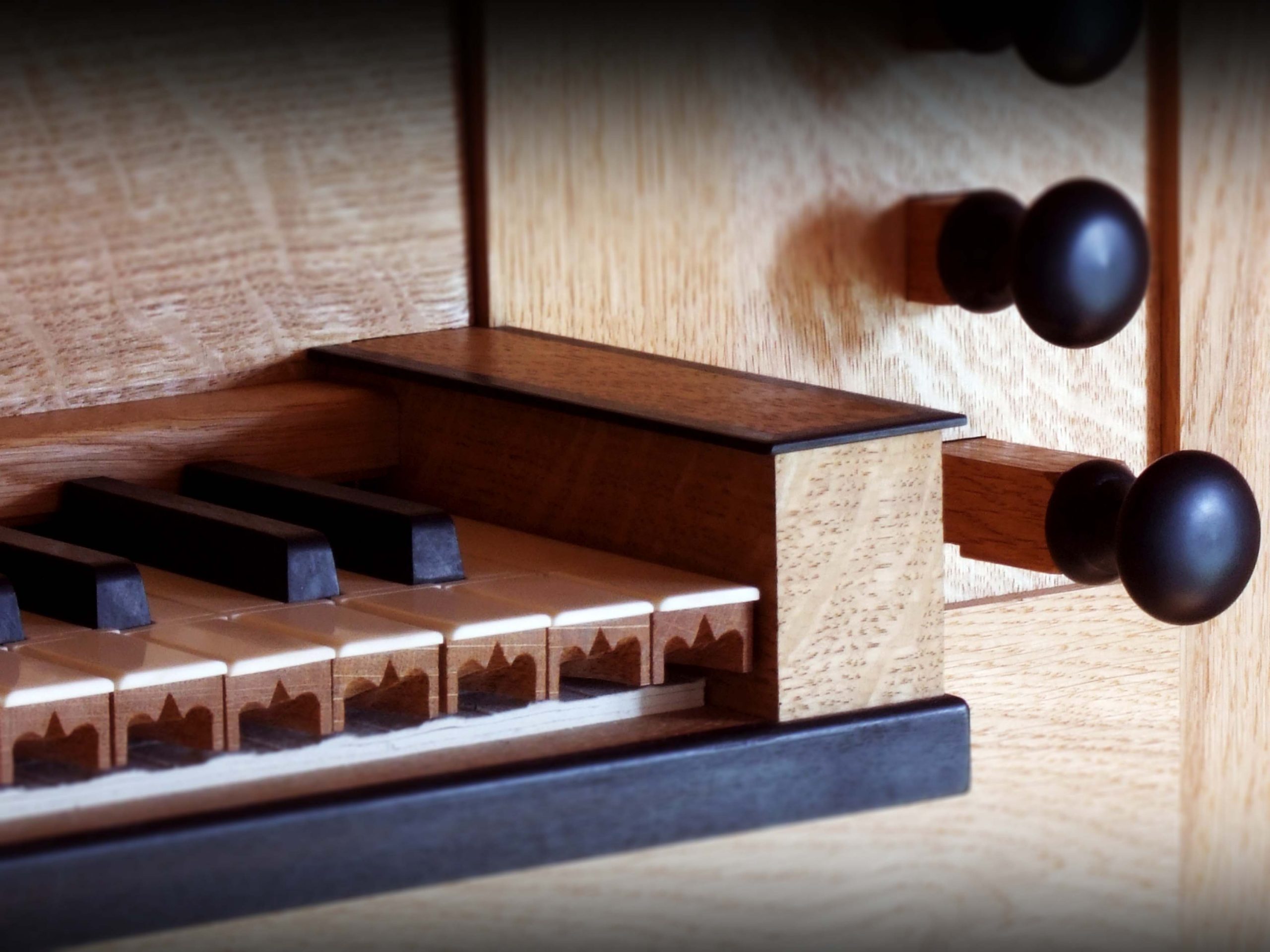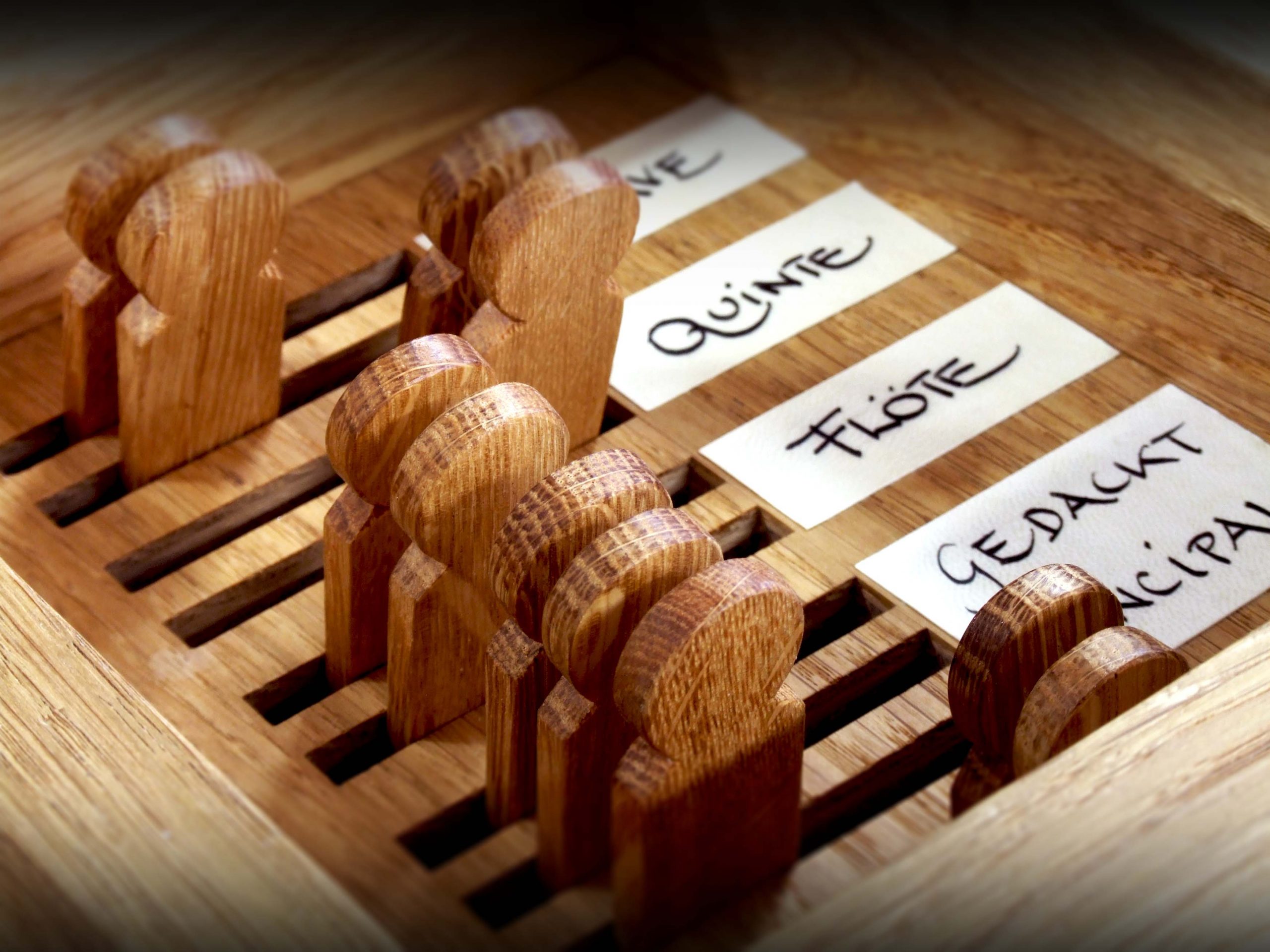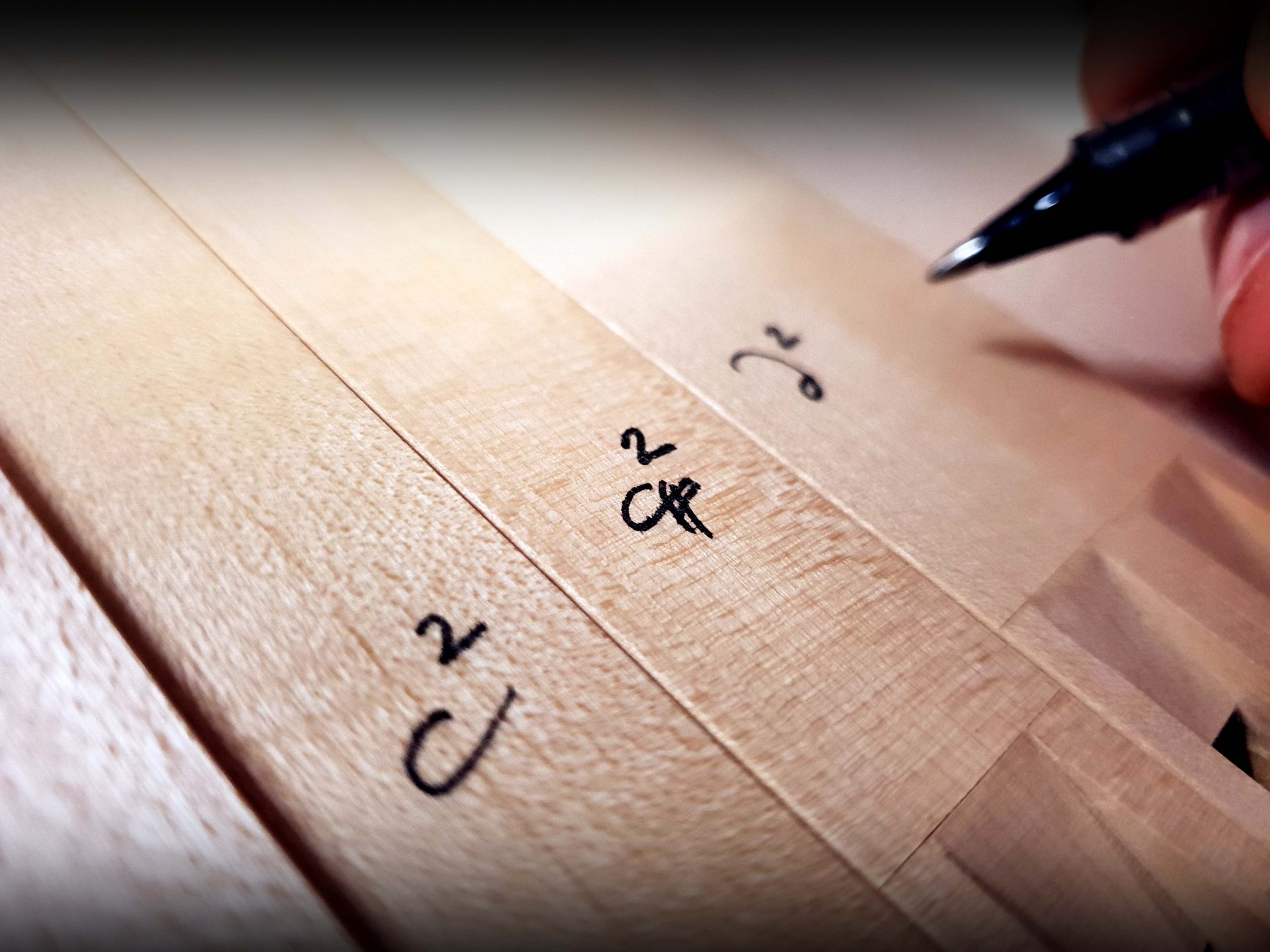“Oft trifft man auf kleine Orgeln, die mit zu wenig Sorgfalt oder Ambition gebaut wurden. Doch mit Hingabe und Einfühlungsvermögen sowie dem kreativen Einsatz traditioneller Orgelbaumethoden gebaut, kann auch die kleinste Orgel reich und komplex sein, voller Freuden und Geheimnisse. Ein Instrument, das dazu einlädt, Musik und Spiel auf neue Weise zu entdecken. Durch einen fruchtbaren Gedankenaustausch hat Marcus für uns eine Hausorgel gebaut, in der wir diese Qualitäten wiedererkennen.”
